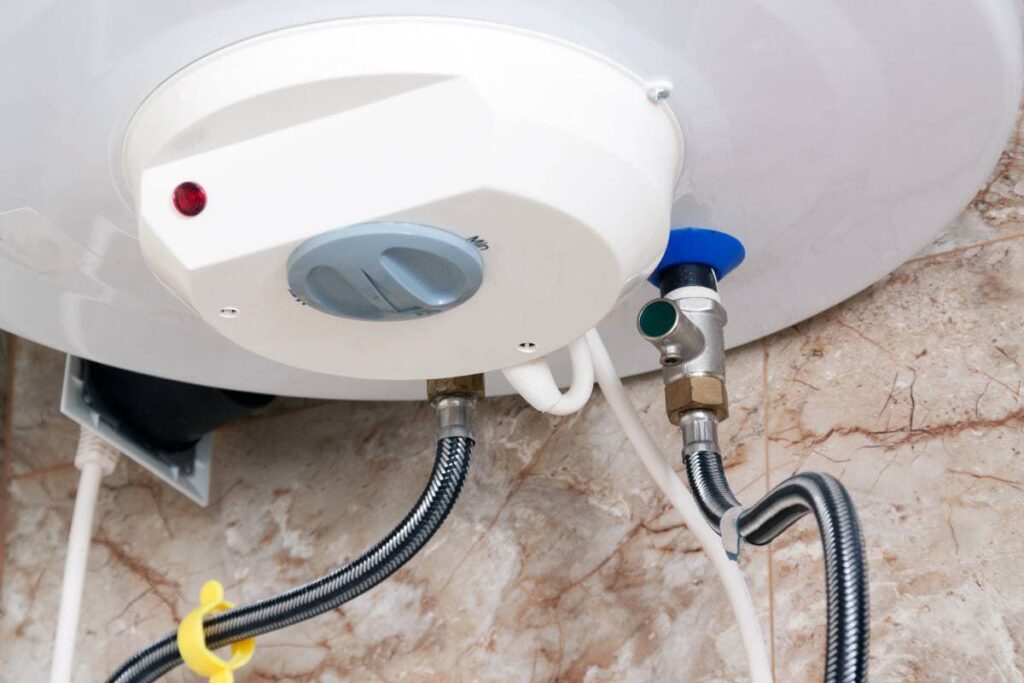What are your beliefs about How to Maintain a Hot Water Heater in a Few Simple Steps?

Hot water is crucial for everyday convenience, whether it's for a refreshing shower or washing meals. To ensure your warm water system runs efficiently and lasts longer, regular upkeep is key. This post provides functional tips and understandings on how to preserve your home's warm water system to avoid interruptions and costly repair work.
Intro
Maintaining your home's warm water system could seem complicated, yet with a few basic actions, you can guarantee it operates smoothly for several years to come. This guide covers every little thing from recognizing your hot water system to DIY upkeep tips and understanding when to employ professional help.
Value of Keeping Your Hot Water System
Routine upkeep not just extends the life expectancy of your warm water system yet also ensures it operates successfully. Disregarding upkeep can cause lowered efficiency, higher energy expenses, and also early failing of the system.
Signs Your Hot Water System Requirements Upkeep
Recognizing when your warm water system needs attention can avoid significant concerns. Watch out for signs such as inconsistent water temperature, unusual noises from the heating unit, or rustic water.
Comprehending Your Warm Water System
Prior to diving right into upkeep jobs, it's handy to understand the basic components of your hot water system. Generally, this includes the water heater itself, pipes, anode rods, and temperature level controls.
Monthly Maintenance Tasks
Regular monthly checks can help catch small concerns prior to they rise.
Purging the Hot Water Heater
Purging your hot water heater gets rid of debris build-up, enhancing effectiveness and extending its life.
Monitoring and Replacing Anode Rods
Anode rods avoid corrosion inside the tank. Inspecting and replacing them when broken is critical.
Evaluating and Readjusting Temperature Level Settings
Changing the temperature level setups makes sure ideal performance and safety.
DIY Tips for Upkeep
You can execute a number of maintenance tasks on your own to maintain your warm water system in top condition.
Checking for Leakages
Consistently check pipes and connections for leakages, as these can bring about water damages and higher bills.
Examining Stress Relief Valves
Testing the stress safety valve ensures it functions appropriately and stops excessive stress build-up.
Protecting Pipes
Shielding hot water pipes lowers warm loss and can save power.
When to Call an Expert
While DIY upkeep is useful, some issues call for expert knowledge.
Complex Problems Requiring Specialist Assistance
Examples consist of major leakages, electrical troubles, or if your water heater is consistently underperforming.
Routine Specialist Maintenance Conveniences
Expert upkeep can include thorough evaluations, tune-ups, and making sure conformity with security criteria.
Final thought
Normal maintenance of your home's warm water system is essential for performance, longevity, and expense savings. By complying with these tips and understanding when to look for expert aid, you can guarantee a trustworthy supply of warm water without unexpected interruptions.
How to Maintain an Instant Hot Water Heater
Before tinkering with your hot water heater, make sure that it’s not powered on. You also have to turn off the main circuit breaker and shut off the main gas line to prevent accidents. Also turn off the water valves connected to your unit to prevent water from flowing into and out of the appliance. 2. When you’re done, you have to detach the purge valves’ caps. These look like the letter “T†and are situated on either side of the water valves. Doing so will release any pressure that has accumulated inside the valves while at the same time avoid hot water from shooting out and burning your skin. 3. When the purge valves’ caps are removed, you have to connect your hosing lines to the valves. Your unit should have come with three hoses but if it didn’t, you can purchase these things from any hardware or home repair shops. You can also get them from retail stores that sell water heating systems. Read the user’s manual and follow it to complete this task properly. When the hosing lines are connected, open the purge port’s valves. 4. You should never use harsh chemical cleaners or solutions when cleaning your unit. Make use of white vinegar instead. It should be undiluted and you’ll probably use about 2 gallons. 5. Now flush your water heater. This task should probably take about 40 minutes. We can’t give you specific directions for this because the procedure is carried out depending on the type, model and brand of your heater. With that being said, refer to the user’s manual. 6. When you’re done draining the unit, you have to turn off the purge port valves again. Remove the hosing lines that you earlier installed on each of the water valves. Put the valve caps (purge port) back in their respective places and be very careful so as not to damage the rubber discs that are found inside these caps. 7. Now that everything’s back in place, check your user’s manual again to find out how to reactivate your water heating system. 8. Once it is working, turn one of your hot water faucets on just to let air pass through the heater’s water supply pipes. Leave the tap on until water flows smoothly out of it. https://www.orrplumbing.com/blog/2014/september/how-to-maintain-an-instant-hot-water-heater/

I hope you enjoyed reading our part about Water Heater Maintenance Tips You Can't Afford to Forget. Many thanks for taking the time to browse our short article. Remember to pause to share this write-up if you enjoyed it. Thank you for your time. Return soon.
Suggested Site